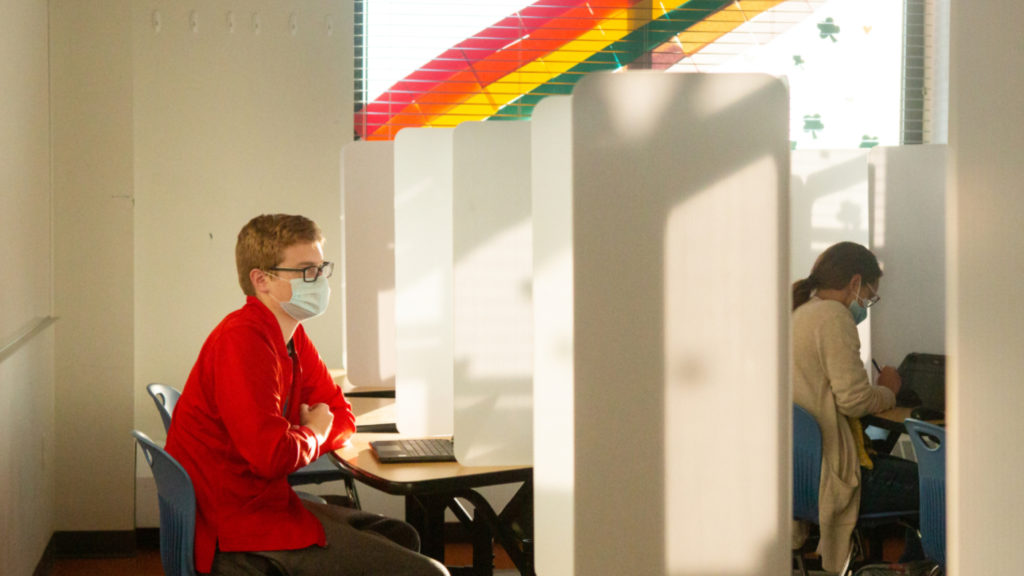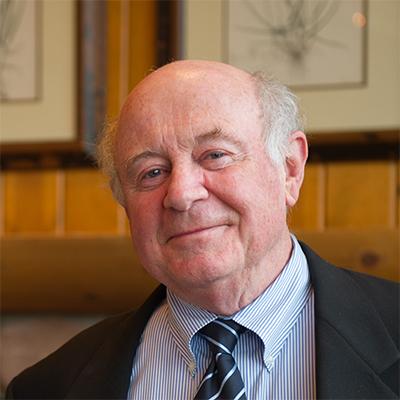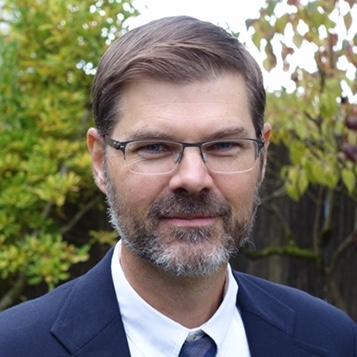Last winter we interviewed 29 school leaders about lost learning time over the last year and a half, and they were nearly unanimous on one point: rather than diverting struggling students to remedial tracks, they hoped to push forward with teaching grade-level content and skills across the board. The approach, sometimes referred to as “acceleration,” is coupled with diagnostic assessments and targeted instruction to close critical learning gaps.
The leaders, representing six different districts, saw acceleration—along with tutoring and other interventions—as a critical part of addressing disruptions and dips in learning during the pandemic. But two of them worried that improving instruction alone wouldn’t be enough for students to fully recover; they hoped to see a much broader reinvention of the public education system in their communities, potentially encompassing everything from where and how school is delivered to the role of teachers in delivering it. They took a long view, aiming to recover not just from the pandemic but from problems that long predated it.
Both leaders ran large districts that primarily served students of color from low-income communities. Their districts had struggled for many years and, unlike others we studied, faced state intervention. They emphasized that plenty of their students were missing out on engaging instruction and learning before the pandemic. The gaps “just weren’t as obvious to the public,” one superintendent said. Before the pandemic, significant numbers of students didn’t show up to school, the superintendent added. When they did, many “put their head down because they were a reluctant learner. They checked out … this is not a new problem.”
Despite working for decades to help students overcome opportunity deficits, their systems had made marginal progress at best. Challenges related to poverty and systemic racism that went far beyond the school system were part of the story, as they were in other districts we studied. But these stood apart for low absolute levels of student outcomes, and for their histories of futility. Coming out of the pandemic, these leaders thought it was time to try something fundamentally different. “We have to rethink school, period,” one told us.
They thought schools needed to “recover” from traditional conceptualizations of schooling that had never provided all students with high-quality learning opportunities. As these leaders talked about rethinking public education, they put lots of ideas on the table, some of which they piloted during the pandemic:
- Hybrid or blended instructional models that combine in-person and online learning
- Fully remote options
- Learning pods where students work independently or receive one-on-one support
- Mixed-age classes based on proficiency level
- Grade band progression as opposed to grade levels
- Self-paced individualized instruction
- Co-teaching
- Weekend and intersession camps and instructional programming
- Evening learning opportunities (e.g., time in CTE shops, art studios, etc.)
- Enhanced summer programming
- “Do-over years” (where students aren’t identified as having been “retained”)
All six districts will face major challenges translating their visions into action. Acceleration alone forces big changes in teacher practices and creates a need for a vastly more flexible system of student academic and social support than now exists, coupled with stronger support and guidance from central offices. This combination of classroom responsiveness and central steering requires unprecedented levels of acceptance on the part of teachers, unions, district administrators, state regulators, and parents.
Yet district leaders who seek more profound and radical changes—some of which aim to fundamentally upend the education system—will face even bigger challenges with acceptance and support.
Parents might be slow to accept unfamiliar approaches to schooling. Teacher roles could become much more diverse in ways state regulations, funding systems, pay scales, and local collective bargaining agreements don’t allow. Teachers exhausted from the past year could be overwhelmed by additional changes. It’s not clear how systems that are thinking about mastery-based learning would reconcile those ideas with the acceleration strategy’s commitment to grade-level content expectations. And transformation will require a lot of money, which is available in the short term because of the federal stimulus but which will have a lot of claimants.
In the months ahead, leaders everywhere will face surprises and need to refine plans and reset priorities. In every case, building and maintaining cooperation from key adult parties will be a major challenge, whether districts double down on improving grade-level instruction or reimagine schooling to better meet all students where they are. At the end of the day, leaders, educators, and parents must stay attuned to the ultimate measure of success—student well-being and growth—as they move forward in unprecedented times.





